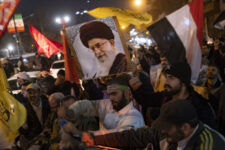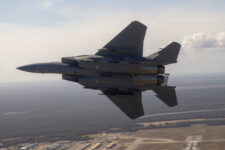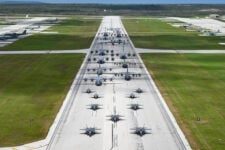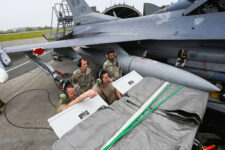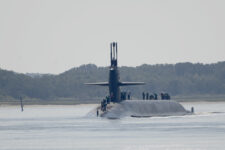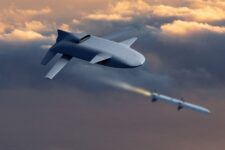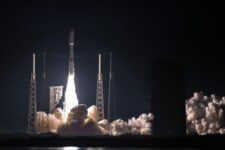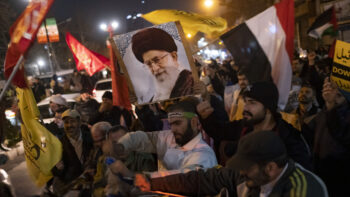
The two congressional defense policy committees may not have a clear path to avoid a punishing sequestration of defense funds — that big fat $600 billion cut triggered by the failure of the Supercommittee — but they do have a plan to get their work done early so they can do what really counts on the Hill — campaign for reelection.
That was the basic news that came out of a forum yesterday featuring Hill aides held by the Precision Strike Association.
Jenness Simler, a policy director for HASC chairman Buck McKeon, R-Calif., said that while most committee members believe “sequester is unacceptable,” some committee members think that defense could handle the $1-trillion reduction that sequester would impose.
Creighton Greene, a veteran SASC staffer, agreed. “Except for a few outliers, I don’t think anyone thinks sequester for defense makes sense,” Greene said. But, he added, “I don’t think there is an easy out on avoiding sequester.” Any action to prevent it would require “more specificity.”
The one thing that appears certain for the authorizing committees, Greene said, “there will be an attempt to finish up before the elections… We will be moving quickly, looking to minimize cuts in programs we consider important.”
Simler agreed that the committees normally try to finish their work by October in election years. This year, they did not pass the authorization until well into the fiscal year.
A number of defense officials briefed the audience on the challenges of the growing anti-access, area-denial (A2AD) threat and the need for improved defense acquisition in face of the long-term budget cuts.
Air Force Maj. Gen. Craig Franklin, Joint Staff deputy director, warned that the A2AD threat, now mainly associated with China and Iran, will spread as technology grantssmaller players the ability to restrict the U.S. ability to project power.
He said an unclassified view of the AirSea Battle Concept, being developed to counter A2AD, should be released this week as part of a new joint operational concept.
Jay Rouse, a senior strategist for the Joint Staff, said AirSea Battle started with just the Air Force and Navy involved, but ground forces must be included because they will be needed when access is regained.
Those officers and a science and technology official said the services must develop systems to allow them to operate in A2AD conditions where their cyber communications and space-based capabilities, including GPS guidance, are reduced.
Meeting those and other needs with the constrained future budgets will require an acquisition process that is faster and cheaper and produces systems available to all the services, the officials said.
“We can no longer afford specialized systems for one service,” Franklin said. “They have to be usable across the joint force.
EUCOM asks for $83 million for air base defense in FY25 unfunded wish list
The air base defense priority is the largest of the three items EUCOM listed, with almost $67 million needed for additional sensors that would plug into the Air Force’s base defense network.





